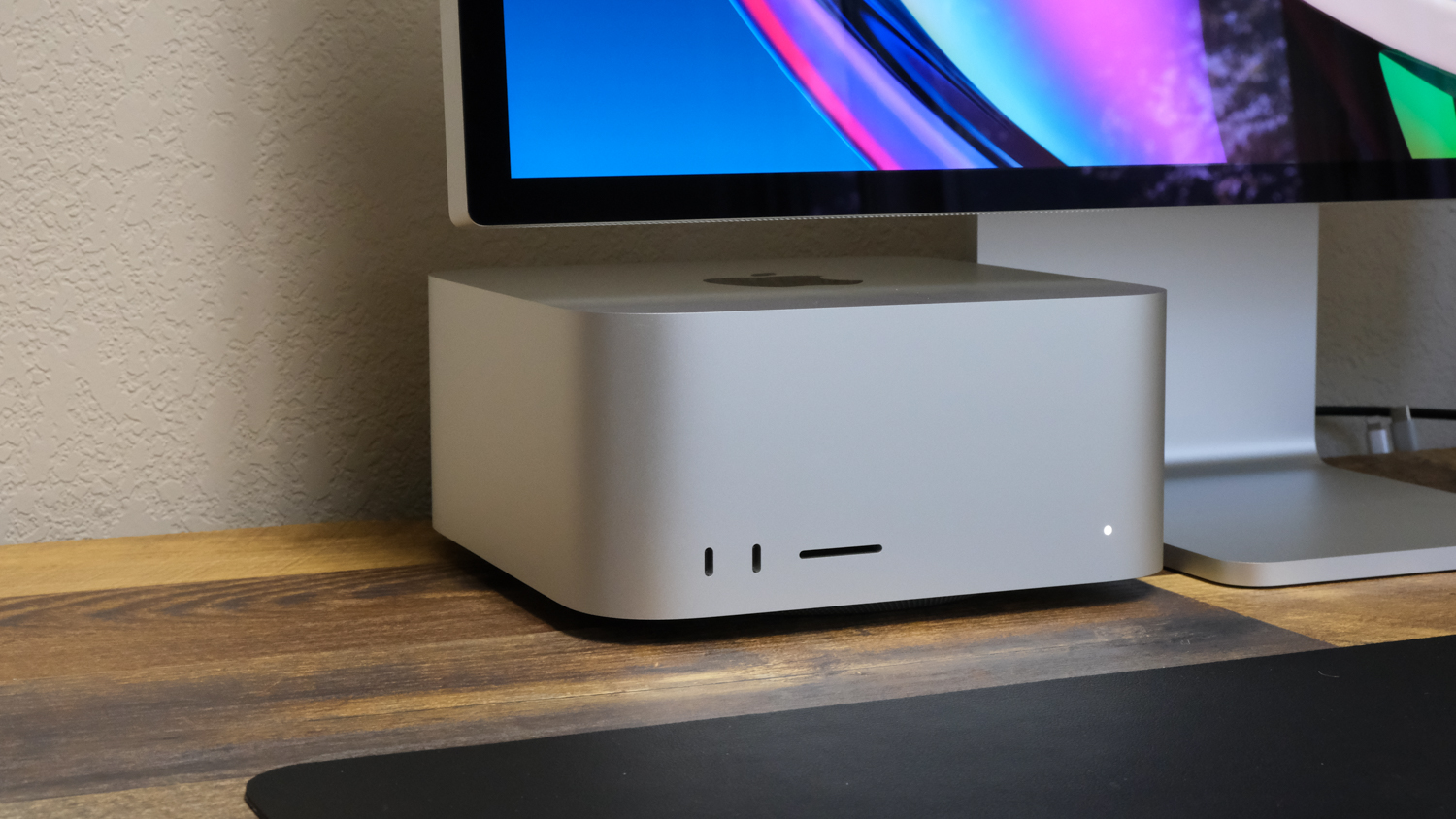Azure on Arm is here at last
Azure now has two Arms: the acquainted Azure Resource Supervisor infrastructure description language and instruments, and now a family members of Azure VMs managing on Ampere Arm-centered processors. This new hardware solution is a big modify for Microsoft’s cloud, as it aims to capture up with AWS’s customized Graviton programs.
The arrival of Arm components in Azure is as much an financial determination as a technological know-how one. If you have at any time frequented a person of its hyperscale info facilities, you are going to have been taken all over large rooms in stadium-dimensions buildings complete of racks packed with servers, storage, and networking hardware. The more recent buildings are complete to the brim with racks on racks of the newest hardware, but some older rooms are 50 % vacant.
Why use Arm in the cloud?
These 50 percent-empty details facilities were being at first intended for older, much larger, a lot less-economical servers, with power feeds for those servers. More recent components can take a lot fewer space for the exact same electricity necessities, and replacing those people unique feeds would demand fully demolishing and rebuilding the info heart. When that more mature hardware was retired, new techniques arrived in, swiftly pushing existing area to its electrical power boundaries.
What if we could use units with lower electrical power calls for? Quickly people vacant halls would be comprehensive all over again, with much a lot more compute at a better density but with no have to have to change the unique power feeds. The resulting financial savings in electric power and infrastructure could be passed on to people. That is the purpose of Arm in Azure, giving those reduce-driven servers that choose edge of out there electricity supplies while supporting the increasing demands of an field that’s nevertheless in the early days of a cloud-indigenous transition.
Arm on Azure: proper in this article, appropriate now
Azure’s very first Arm-dependent VMs are now commonly readily available, jogging on Ampere Altra-based servers, with aid for most prevalent Linuxes, which includes Ubuntu, Crimson Hat, and Debian. While Home windows Server is not out there still, you do have the option of working with Arm builds of Home windows 11 Professional and Business for application advancement and testing. This lets you to use cloud-hosted Home windows devices to build Arm64 variations of your code as component of a CI/CD (constant integration and continual shipping) create pipeline.
Alternatively, if you are using .Web 6, you can use Arm-based virtual machines to host ASP.Web and console apps, supplying you a lower-electricity alternative for internet hosting world-wide-web front ends and organization logic. Microsoft’s purpose for Home windows on Arm, as effectively as for .Web, is to have no distinction in abilities involving x86/x64 and Arm64, with code built for equally architectures and loaded as wanted, with emulation handling any x86 and x64 that hasn’t been rebuilt for Arm.
The Ampere Altra servers in Azure supply a few different lessons of VMs, with just one actual physical main per virtual CPU. As they are designed for large-density operations, you will not obtain configurations that match some of the a lot more superior-finish x64 units in Azure, but they really should cope with most common workloads.
The Epsv5 and Epdsv5 series of VMs offer you up to 8GB of RAM per vCPU, operate at 3GHz, and are built to host organization workloads, these kinds of as databases and in-memory caches. You can ramp up to 32 vCPUs, with no immediately hooked up SSD storage employing Epsv5. If you want community storage for velocity, you will need to buy the Epdsv5 which has up to 1,200GB of community SSD and offers Azure’s conventional storage options.
The Dpsv5 and Dpdsv5 VMs are comparable, supposed to host common-reason workloads. As a outcome, they only present 4GB of RAM per vCPU. This makes them perfect for basic servers, like MySQL or functioning .Internet and Kestrel. You can have as several as 64 vCPUs, and yet again, the Dpdsv5 possibility provides local storage, with guidance for up to 2,400GB of neighborhood SSD.
For scaled-down workloads, there are the Dplsv5 and Dpldsv5 VMs. Listed here you also get the option of nearby or remote storage, but RAM for every vCPU is restricted to 2GB, with up to 64 vCPUs in 1 VM. Constrained memory necessitates some get the job done to ensure you have the correct expert services in your host OS. The resulting system is intended to scale out microservices wherever you may well will need to swiftly spin up new cases of a provider. A person selection for this SKU is to use it to host nodes in Kubernetes, in which you are working quite a few scenarios of the very same support and need dense deployments to get the performance your software requirements.
Pricing is dependent on where by you are positioned. In Azure’s East US region, a 2 vCPU Dpdsv5 technique with 75GB of storage will range from just about $25 for every month for a 3-12 months reserved instance to virtually $66 for each thirty day period employing fork out-as-you-go. The far more vCPUs you have, the much more high priced: A 64 vCPU process with 2,400GB of storage and 208GB of RAM is about $802 for every month for a 3-calendar year reserved occasion, and practically $2,112 for each month for spend-as-you-go.
Picking out an Arm VM
How can you find out if the new Arm VMs fit your workloads? With numerous distinctive base server requirements in Azure, with AMD and Intel CPUs as very well as Arm, Microsoft has introduced the Azure Compute Unit to deliver a base benchmark to look at distinctive VM hosts. The ACU is standardized on a compact VM, the Conventional_A1 SKU, with a value of 100.
Other SKUs are benchmarked from that regular, so you can assess various CPU forms and rapidly see if your code will be equipped to consider edge of an alternate VM form. Sadly, Microsoft has yet to publish ACU values for its Arm SKUs, but you can make a realistic guess by evaluating them with other, related VMs.
You can expect to discover the most benefit by applying Arm in programs that demand a great deal of dense compute. For now, which is probably to be containers in Kubernetes, and Azure now supports Arm nodes in AKS. This aspect is currently rolling out throughout the Azure cloud, but you ought to be equipped to come across a area with obtain relatively easily. There are already Arm builds of Microsoft’s CBL-Mariner container host, and with Arm assistance for most Linuxes uncomplicated to locate, you should really be ready to make, examination, and deploy Arm binary-primarily based containers rather quickly.
Microsoft has extended been rumored to be jogging some of its very own expert services on Arm, so it’s fantastic to see its Ampere components eventually make a general public physical appearance. Its dedication to the platform goes a great deal additional than cloud components. It is also been working to convey its Open JDK build to Arm, with a port to the AArch64 architecture now element of the platform. Java stays an essential business platform, so with each .Web and Open JDK running on Azure’s Arm methods, you have a choice of how you make and deploy code.
With hyperscale details facilities like Azure’s necessitating important quantities of electric power, a substantial-density, low-power alternate to Intel and AMD is significant input to any obtaining determination, especially when corporations total their annual environmental influence assessments. It’ll be intriguing to observe how Microsoft’s Azure Arm featuring evolves, as upcoming-technology hardware primarily based on Arm’s Neoverse platform architecture is unveiled and as it proceeds rolling out Arm versions of its supported operating systems. Could an Arm-driven Windows Server launch be just all around the corner?
Copyright © 2022 IDG Communications, Inc.





